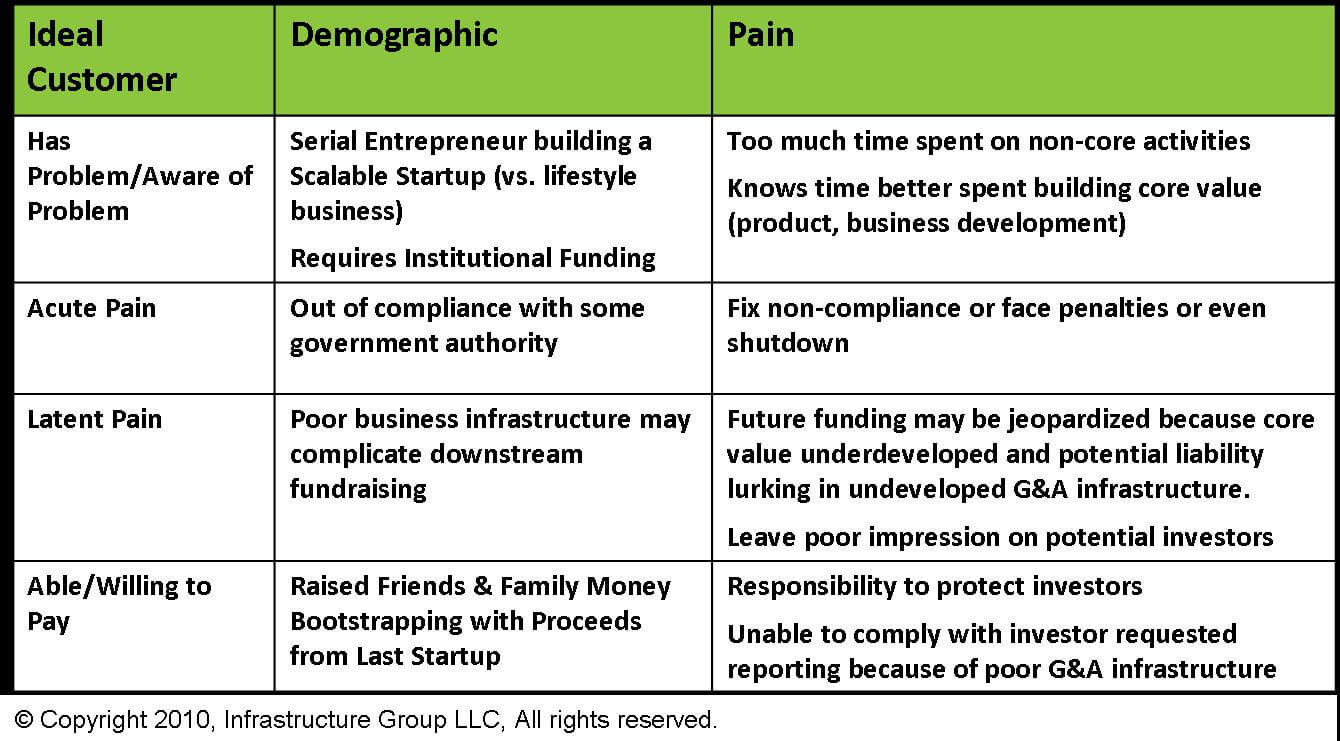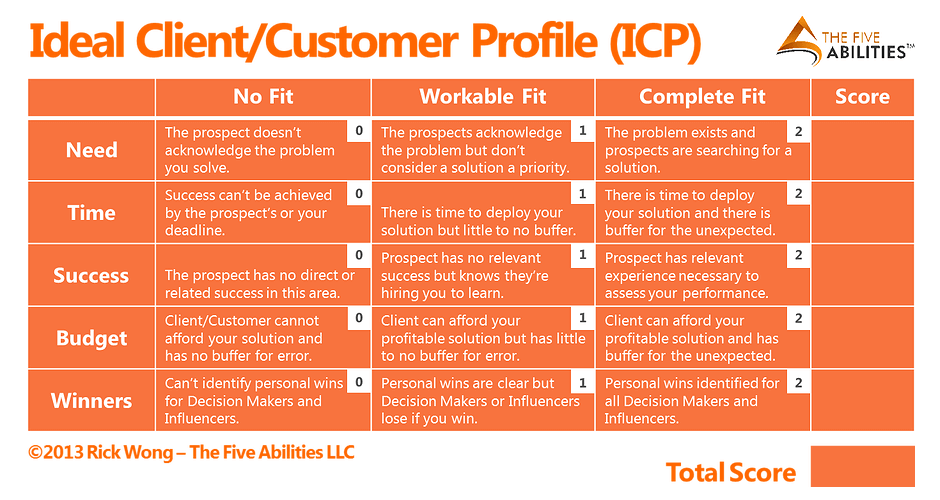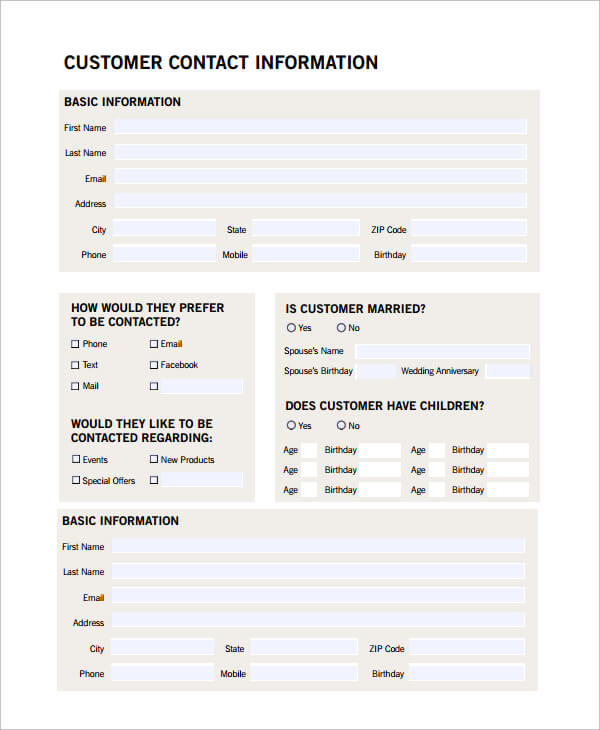What is a Customer Profile?
The golden rule for any business to reach the zenith of success is to know its customers’ interests, likes, dislikes, and trends. A document that contains all such information, including buying patterns and demographic characteristics, is called a customer profile, also known as a Customer Persona or Avatar.
It contains all the facts, such as demographics, buying behaviors, interactions with customer services, creditworthiness, and purchase history. Many companies develop an umbrella strategy for marketing and sales and thereby end up with nothing! Customer profiles help you reap the best results through customer data analysis.
It helps businesses to make crucial decisions by tracking customer information, such as trends, demographics, and psychological graphics. It is much easier to attract more customers when you know about your current customers. With customer competition increasing daily, it is one of the simple ways to have a competitive advantage.
The basic template for a customer persona is shown below.
(Click on the images for a better view or download the document below.)
To download the template, click here – Aeroleads Customer-Profile Template.
How to profile a customer profile
1) Which problem are you trying to solve through the customer profile?
Before you start hiring people, developing a website or an app, or investing heavily, you must know which problem you are going to solve. Is there already a solution to it? If yes, then how can your idea add some more value? Looking at the customer profile database will make it easier for you to focus on the customers’ requirements. You need to deliberate on the behavioral aspects of your customers.
2) Dive deep into the customer journey map
A customer journey map is a document that gives a deep insight into the customer’s needs, goals, challenges, and other patterns. It will help you understand the type of products your customers are interacting with so you can get the most out of the customer profile.
3) Dig into the demographics of customer profile
First, discuss the external demographics and then talk about the needs and company’s offerings. Some of the external attributes are as follows:
Which market is your product targeting?
What specific vertical does your company operate in?
What is their annual turnover or revenue?
Number of employees working
Location of the companies
All this will help you develop a solid customer profile with a more in-depth analysis.
4) Collect Customer Feedback
Just like a personal interview helps HR or the boss get to know the candidate better, interacting with the customer face-to-face can be the next step towards achieving growth. If you are short of time, you can surely arrange a call or video call!
If the customers accept your proposal, they are your loyal customers and worth investing time in. It will help you foster better relations with your customers. You could even blog or write a paper about it. This is one of the unique aspects of the customer profile, which many companies miss out on!
5) Examine contextual details through the customer profile
Moving to the next important step of building a consumer profile, if you have collected the external details, now is the time to know about the goals. Some of the most crucial questions that must be answered by building a customer profile are:
What unique features are you providing your customers? (Helping them to save time and money or grow their revenue)
-Were you able to solve their pain points?
-How is your product or service different from that of your competitors?
-Does your product fit into their short and long-term goals?
6) Understand your industry
Before you compete, you must know your competitors. Before you start selling your product and introducing new features, you must know about the industry’s shortfalls, the trends, and how consumers perceive it! This will help you build your brand identity and stand out! These become the initial steps of marketing strategies and developing a customer profile.
5 Examples of Ideal Customer Profile
Ample company profile templates are available online to help you create a harmonious and reliable company profile. Just search online, and you will witness fantastic company profiles.
So, let’s glance over the best customer profiles below!
HR managers or small business owners can make their job of creating a company profile easier with these templates.
NOTE:- These are mere examples of a customer profile template; the same can be changed according to your business and can be as creative as you want.
1) Profile with Personal Information –
Let’s kickstart the process by looking over a simple customer profile template.
As you can see, it contains just the basic and important details here. If you like to keep things simple, you could opt for such a customer persona. Also, few customers would not want to spend more time filling out a huge profile, hence it’s another advantage.
Click here to view
2) Profile with Customer’s Interests –
Map out this customer’s interests based on demographics, psychographics, behavior, and environment, including age, interests, job role, gender, location, and more.
With this, you’ll be ready to develop a strategy to reach these customers consistently.
Click here to view
3) Profile with Abilities –
It’s common for companies to feel that everyone can benefit from their offerings, and while that might be true, it doesn’t mean everyone is a good fit. Having an Ideal Customer Profile is good for prioritizing where to focus on selling and marketing efforts. The following abilities have to be kept in mind –
- NEED for your product or service?
- TIME to deploy and get the benefit from your offering?
- SUCCESS experience in your solution area?
- BUDGET to deal with the unexpected?
- WINNERS: who gets a personal benefit when you win?
4) Profile with Artistry aspect –
Artistry means creativity or skills.
This specific profile must contain portions asking for customer contact details and some personal details. It must also ask for events invited to, customer service, and products of interest.
Click here to view
5) Buyer Persona with Demographics –
This kind of customer profile has a lot of details. As you’ve seen in the ideal customer profile template above, the buyer persona consists of questions related to demographics, psychographics, and actionable insights.
These profiles come in different shapes and sizes. Some are very elaborate and in-depth, and others consist of two or three telltale signs that they are a great fit for your solution.
Basically, customer profiling provides a much-needed structure to a marketing plan.
Here are some useful customer profile examples that you can consider for upcoming years.
Hence, hopefully, these examples will give you an idea of how to create your company’s customer profile.
After all, businesses are there to make money and have happy customers save money. Hence, you should make your decisions based on your customer profiles and how it benefits them.








this is very useful 🙂
this is lovely
This site certainly has all of the information I needed concerning this subject and didn’t know who to ask.
this is very good information.